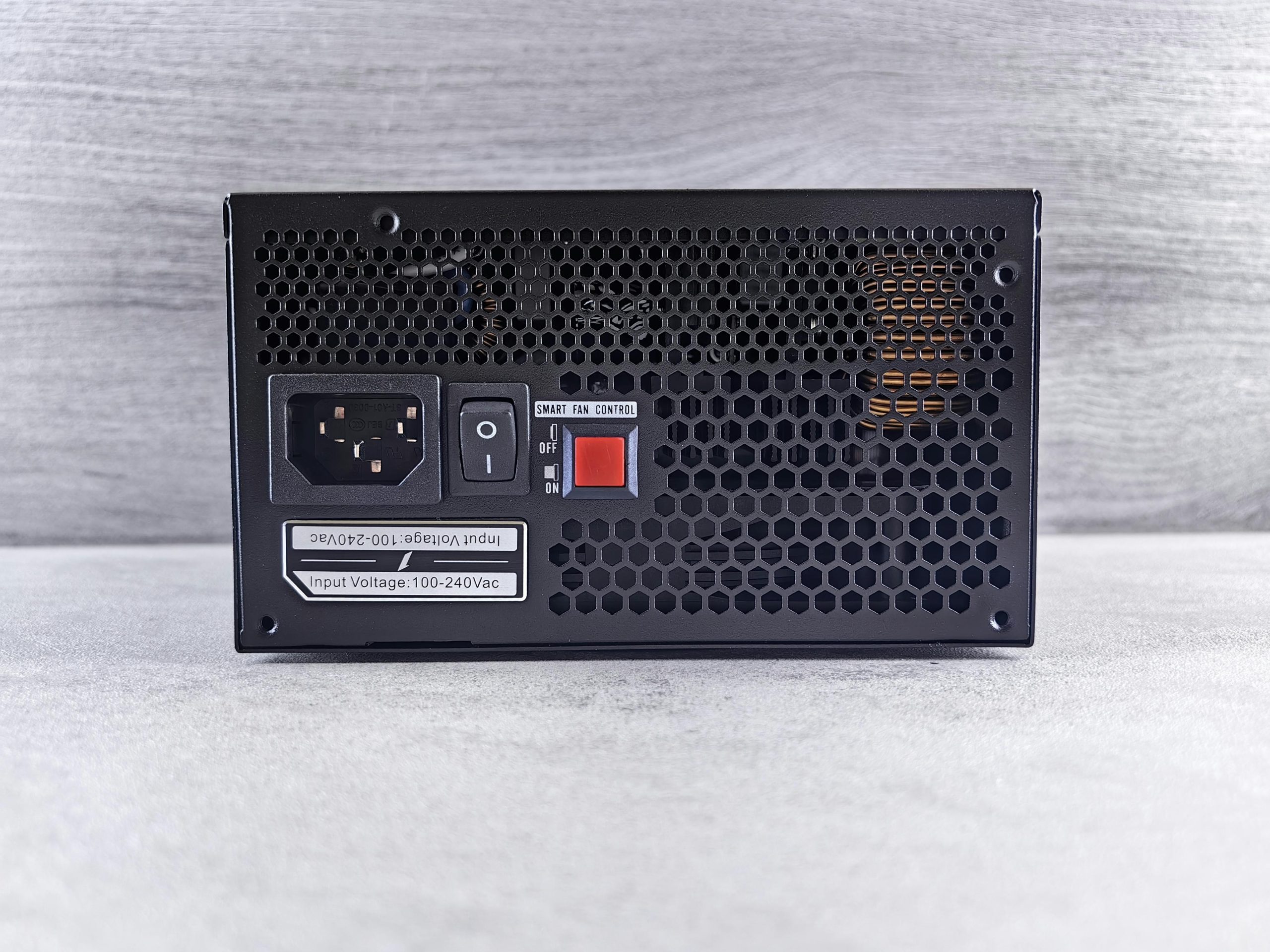Troubleshooting a PC That Fails to Post After Opening the Side Panel
Encountering a non-responsive PC after performing simple maintenance such as removing the side panel can be perplexing. Recently, a user experienced this scenario where their computer froze upon opening the case, and subsequent attempts to reboot resulted in no display output, despite the fans spinning and no signs of POST (Power-On Self-Test).
Understanding the scenario
The issue arose immediately after opening the side panel of the PC. The freeze indicated a potential hardware disturbance, followed by a failed reboot that produced no display indicator, keyboard lights, or POST signals. The user performed several standard troubleshooting steps, including reseating RAM, booting without RAM, connecting the display directly to the motherboard, removing the CMOS battery, and power cycling.
Initial troubleshooting steps taken
- Reseating RAM modules to ensure proper contact
- Attempting to boot with no RAM to reset components
- Connecting display output directly to the motherboard to rule out GPU issues
- Removing CMOS battery and performing a power cycle to reset BIOS settings
- Leaving the system unplugged overnight before attempting to reboot
Analysis and potential causes
Given the thorough troubleshooting, it’s reasonable to suspect issues beyond loose connections. Since fans are spinning but there’s no display or POST activity, the problem could be related to:
- Motherboard connection or damage (e.g., disturbed components during panel removal)
- Front panel connectors or internal cables that may have been dislodged
- Electrostatic discharge damaging components during the case opening
- Failures in critical components like the CPU, RAM, GPU, or PSU (though initial assumptions suggest these are less likely)
Remaining steps and recommendations
If standard troubleshooting hasn’t resolved the issue, consider the following steps:
-
Check Internal Connections:
Carefully inspect all cables, especially power connectors and motherboard headers, to ensure they’re properly seated. -
Reset BIOS/UEFI Settings:
Try clearing the CMOS again using the jumper method or a different CMOS battery if available. -
Test with Minimal Hardware Configuration:
Remove all unnecessary components and test with only the CPU, one RAM stick, and the power supply connected. -
Inspect for Physical Damage:
Look for any bent pins, blown capacitors, or other visible damage on the motherboard and other components. -
Test Components Individually:
If possible, test the CPU, RAM, and GPU in a known-good system or substitute known-good components to
Share this content:

